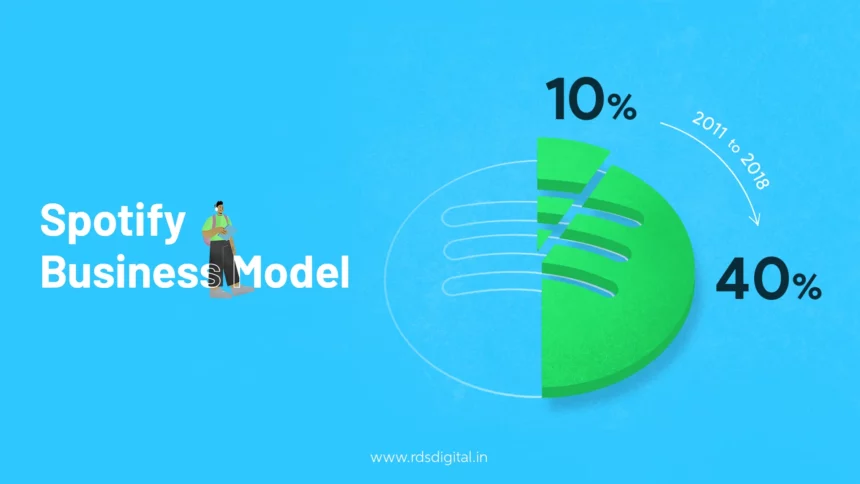Music streaming platforms, such as Spotify, are digital services that allow users to listen to a vast library of music on demand. These platforms have disrupted the traditional music industry by offering an alternative to purchasing music outright, instead offering a monthly subscription service that provides access to millions of songs. The business model of music streaming platforms is centred around generating revenue through a combination of subscriptions, advertising, premium features, data analytics, and licensing fees.
Spotify and other music streaming platforms make money primarily through subscriptions and advertising.
- Subscriptions: The most common way for music streaming platforms to make money is through subscriptions. Users can pay a monthly/yearly fee for an ad-free experience and access to exclusive content and features.
- Advertising: Another way music streaming platforms make money is through advertising. Platforms like Spotify serve advertisements to their free users, generating revenue based on the number of impressions or clicks on the ads.

- Premium Features: Some platforms offer premium features, such as offline playback or higher quality audio, that are only available to paying subscribers.
- Data Analytics: Music streaming platforms also collect and sell user data to advertisers, helping them target their advertisements more effectively.
- Licensing Fees: Music streaming platforms must pay licensing fees to record labels and other rights holders for the right to stream their music. The cost of these fees can be substantial and is usually passed on to the users in the form of subscription fees or advertising.
Overall, music streaming platforms generate revenue by offering a combination of subscriptions, advertising, premium features, data analytics, and licensing fees.
For more such content, keep reading @techinnews



